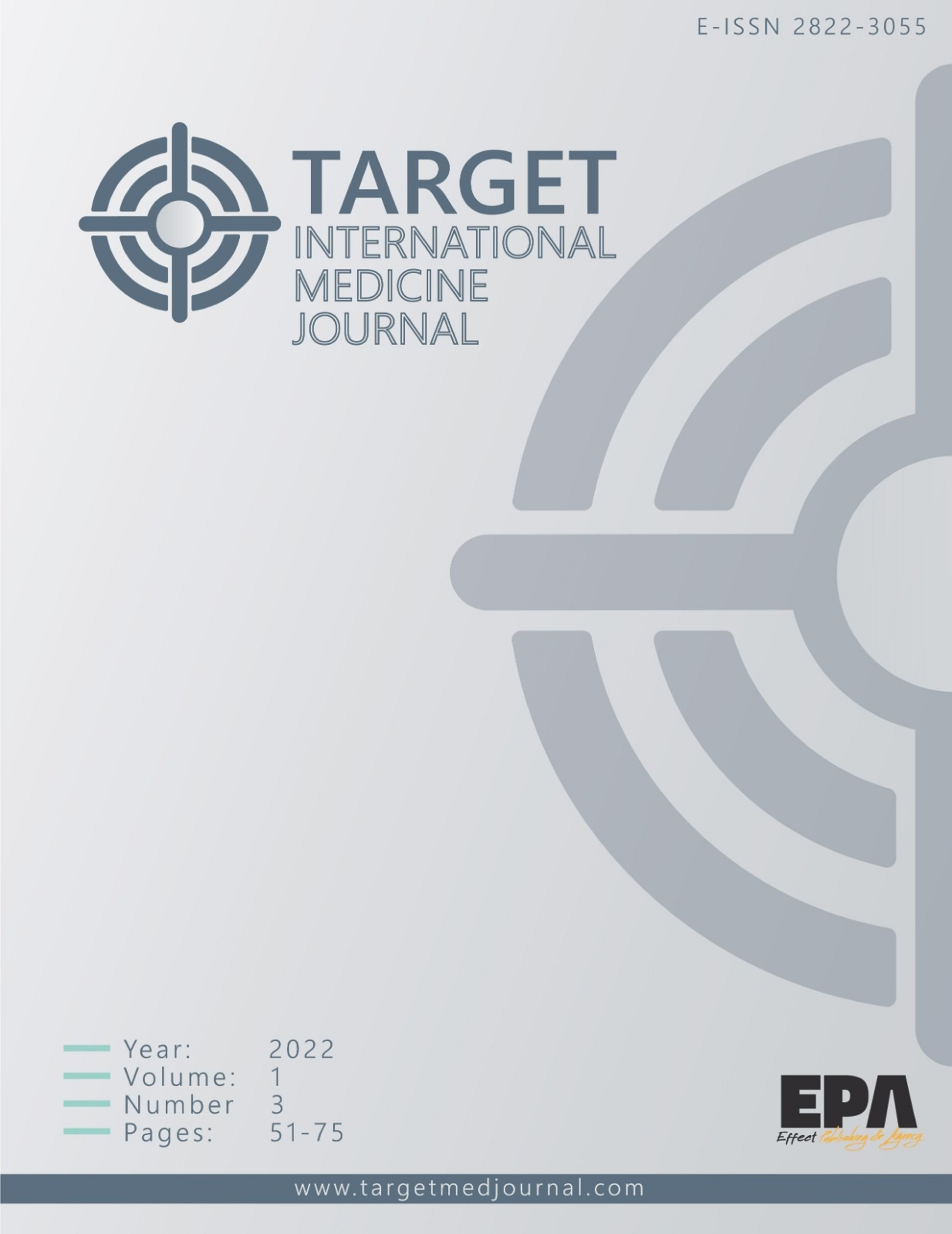Author :
Abstract
Keywords
Abstract
Aim: The aim of this study was to compare the effectiveness and side effects of meperidine and tenoxicam, either alone or in combination for the pain management of trauma patients.
Materials and Methods: This was a prospective, single-center, single-dose, randomized, double-blind study in trauma patients (age≥16) with Glasgow coma scale (GCS) 15, stable hemodynamics and initial visuel analog scale (VAS) score of 50 mm or higher. Sixty patients were randomized to one of the three treatment groups. All patients vital signs, VAS scores and adverse events were recorded before the drug administrations and at 15, 30, 60 minutes of applications.
Results: The mean initial VAS for meperidin, tenoxicam and meperidin + tenoxicam groups were 83±13, 82±15 and 76±15, respectively. The mean final VAS for these gruops were 5.0±1.8, 4.9±2.2 and 4.3±2.3, respectively. The decreases of VAS for all groups and time periods were statistically significant and there were not any significant difference between the groups. Furthermore, no serious adverse events were observed.
Conclusion: In conclusion, in addition to it’s advantages like rendering possible intravenous administration and not having direct effects on vital functions, tenoxicam is as effective as meperidine for acute severe pain.
Keywords
- 1. Zohar Z, Eitan A, Halperin P, et al. Pain relief in major trauma patients: an Israeli perspective. J Trauma. 2001;51:767-72.
- 2. Cohen SP, Christo PJ, Moroz L. Pain management in trauma patients. Am J Phys Med Rehabil. 2004;83:142-61.
- 3. Hedderick R, Ness T. Analgesia for Trauma and Burns. Critical Care Clinics. 1999;15:167-85.
- 4. Peeters C. Acute Pain Management. In: Warfield C, Fausett H, editors. Manuel of pain management. 2nd ed. Philadelphia: Lipincott-Williams; 2002. p. 215-22.
- 5. Delgado DA, Lambert BS, Boutris N, et al. Validation of digital visual analog scale pain scoring with a traditional paper-based visual analog scale in adults. Journal of the American Academy of Orthopaedic Surgeons. Global research & reviews. 2018;2.
- 6. Friedland LR, Kullick RM. Emergency department analgesic use in pediatric trauma victims with fractures. Ann Emerg Med. 1994;23:203-10.
- 7. Alexander J, Manno M. Underuse of analgesia in very young patients with ısolated painful ınjuries. Ann Emerg Med. 2003;41:617-22.
- 8. Petrack ME, Norman CC, Kriwinsky J. Pain management in the emergency department: paterns of analgesic utilization. Pediatrics. 1997;99:711-4.
- 9. Rupp T, Delaney A. Inadequate analgesia in emergency medicine. Ann Emerg Med. 2004;43:494-503.
- 10. Neigbor LM, Honner S, Kohn AM. Factors affecting emergency department opioid administration to severely injured patients. Acad Emerg Med. 2004;11:1290-6.
- 11. Silka AP, Roth MM, Geiderman MJ. Patterns of analgesic use in trauma patients in the ED. Am J Emerg Med. 2002;20:298-302.
- 12. Kehlet H, Dahl JB. The value of “multimodal” or “balanced analgesia” in postoperative pain treatment. Anest Analg. 1993;77:1048-56.
- 13. Wheeler AP. Sedation, analgesia and paralysis in the intensive care unit. Chest. 1993;104:566-77.
- 14. Javery KB, Ussery TW, Stager HG, Colclough GW. Comparison of morphine and morphine+ketamine for postoperative analgesia. Can J Anaest.1996;43:212-5.
- 16. Cordell WH, Wright SW, Wolfson AB, et al. Comparison of intravenous ketorolac, meperidine, and both (balanced analgesia) for renal colic. Ann Emerg Med. 1996;28:151-8.
- 17. Holdgate A, Pollock T. Systemic review of the relative efficacy of non-steroidal anti-inflammatory drugs and opiods in the treatment of acute renal colic. BMJ. 2004;12:1401-8.
- 18. Stahmer SA, Shofer FS,Marino A, et al. Do Quantitative Changes in Pain Intensity Correlate with Pain Relief and Satisfaction ? Acad Emerg Med.1998;5:851-7.
